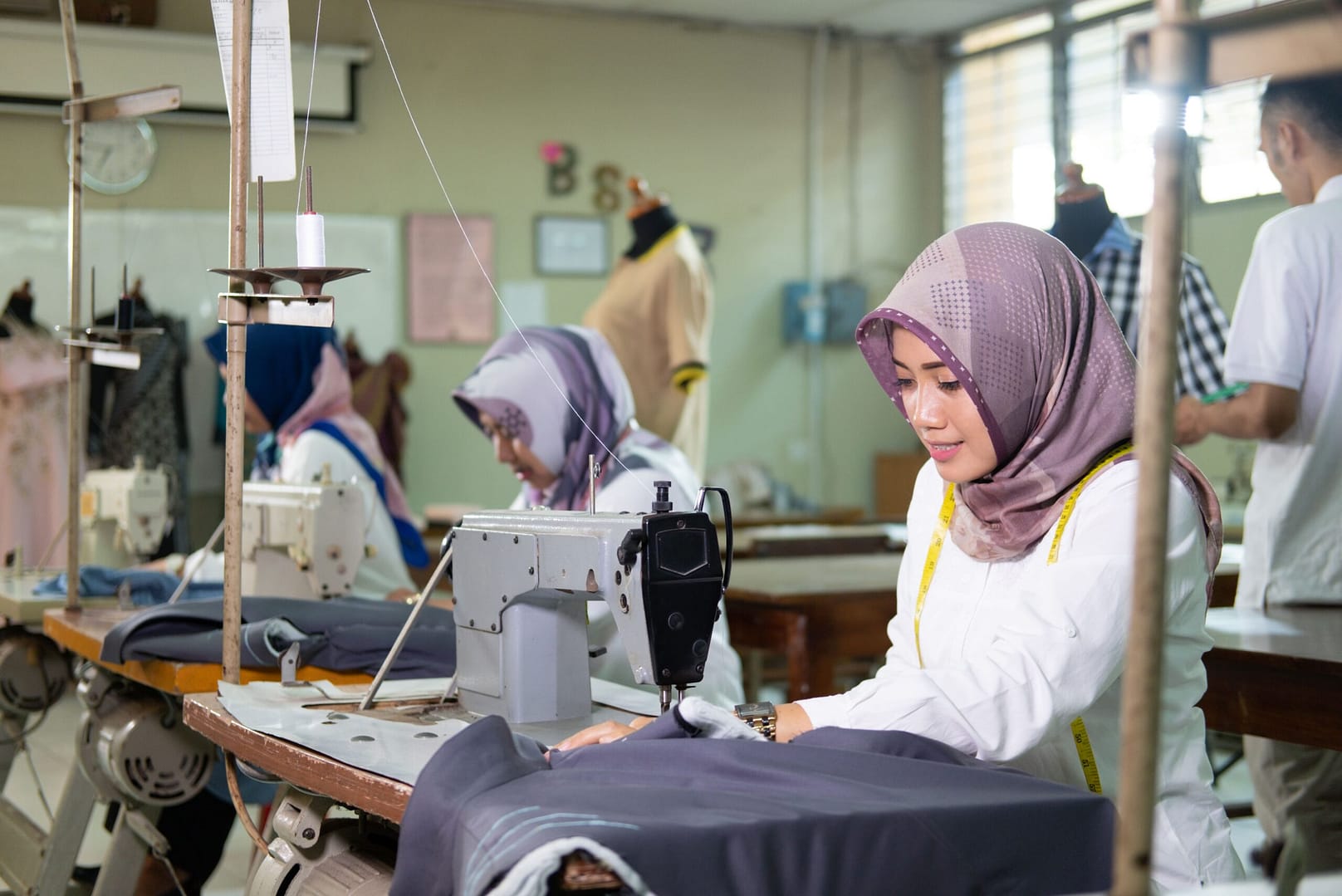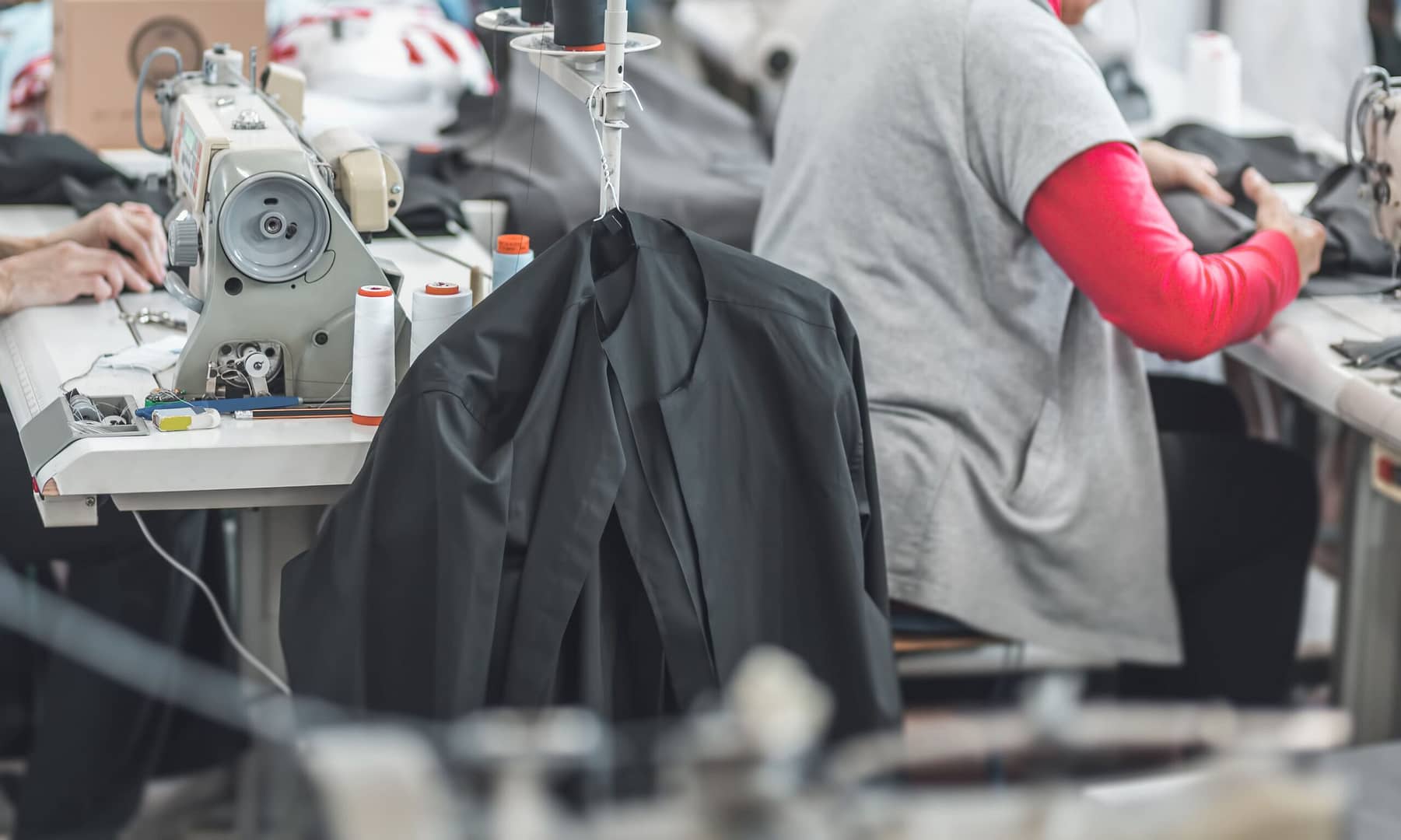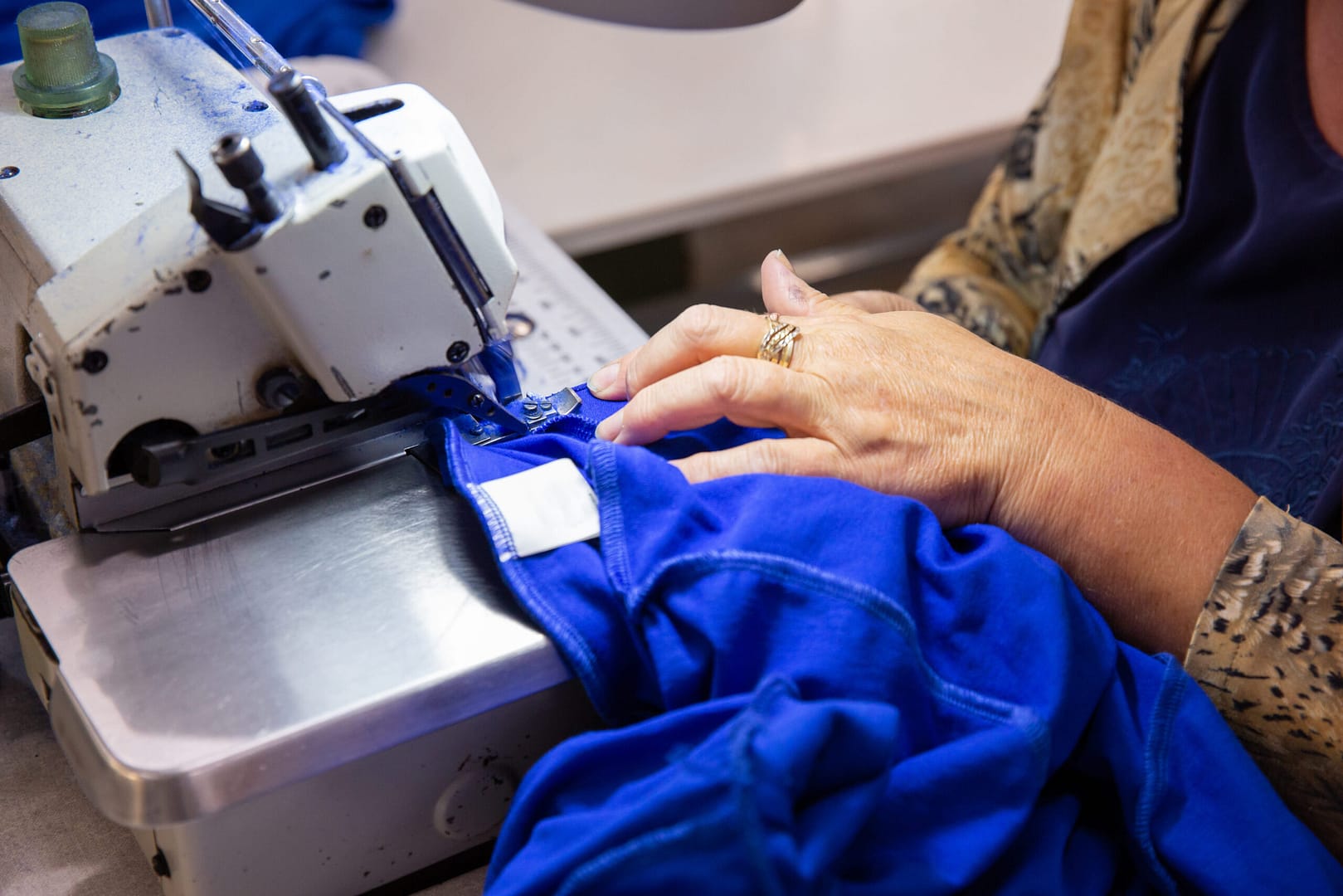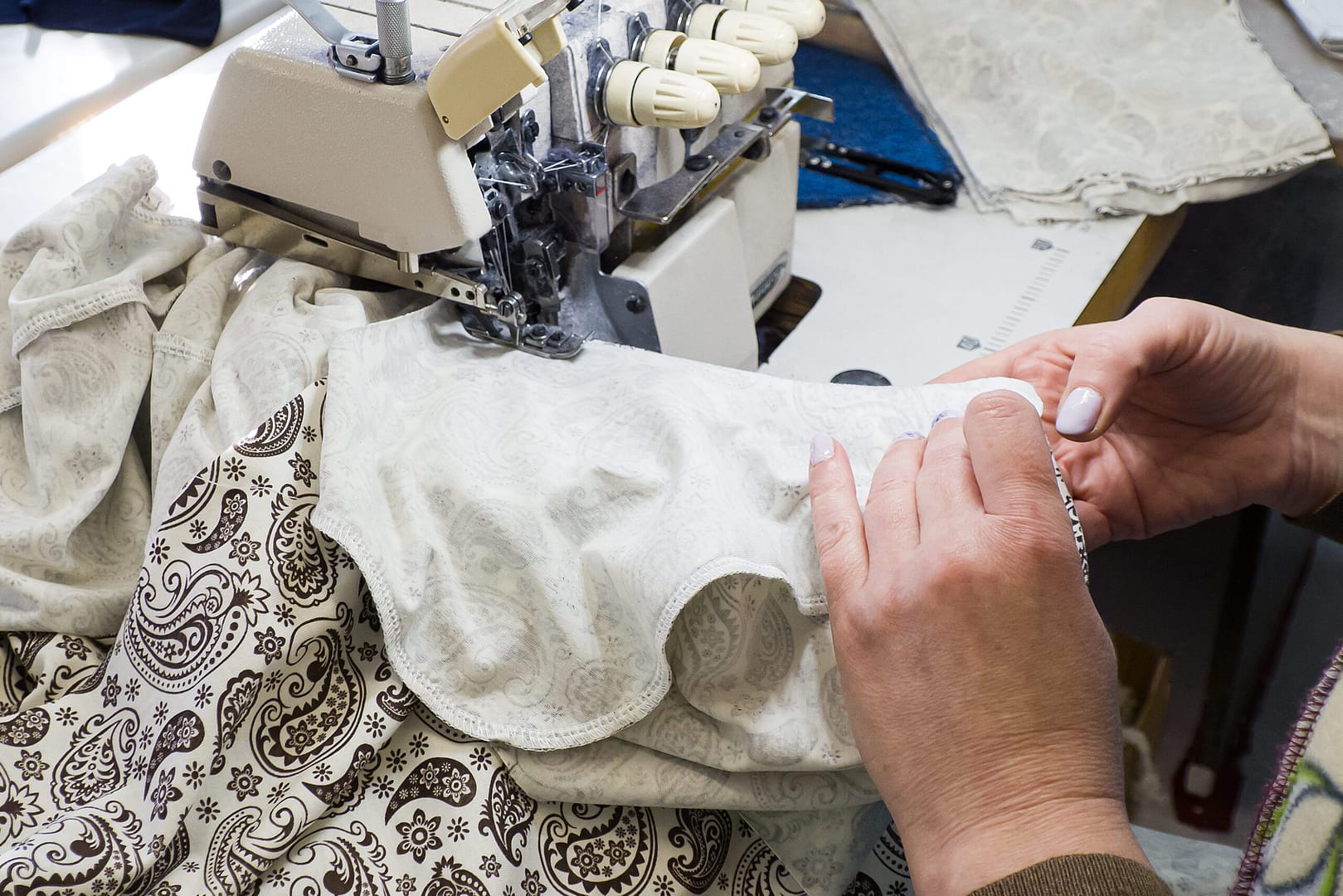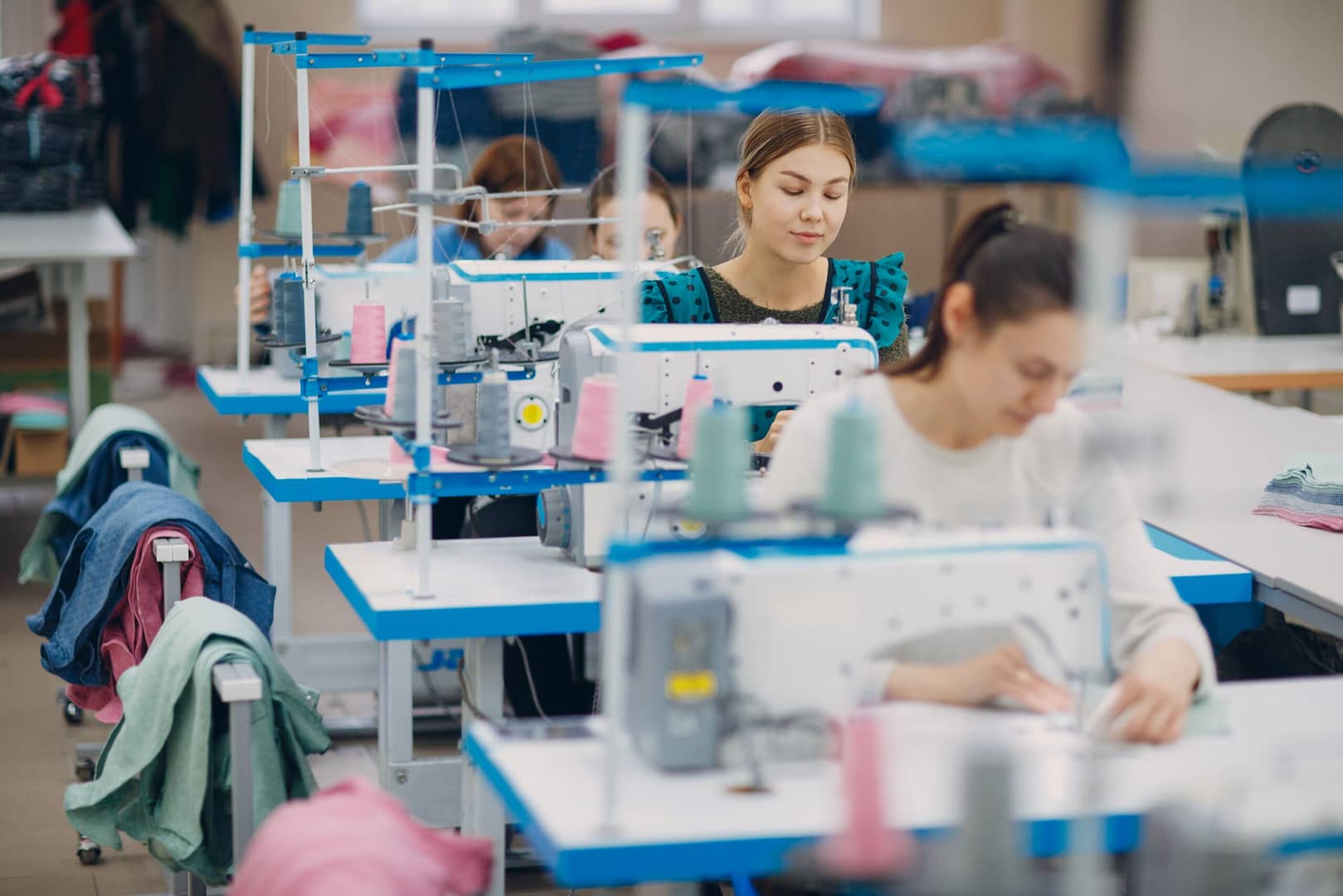The Ultimate Trousers Fabric Guide: Top 8 Fabrics For Your Trousers
By Raymond Lau, Nov. 30, 2023
The choice of fabric is a pivotal decision in the design and manufacturing of trousers, impacting everything from comfort and style to durability and care. This guide is crafted to provide you with an in-depth understanding of the various types of fabrics used in trousers, helping you make informed decisions whether you’re a consumer, a designer, or a retailer. By the end of this guide, you’ll have a comprehensive view of the different fabrics available, their properties, and their best uses in trouser production.
Understanding Trousers Fabric Basics
Before delving into the specific types of trouser fabrics, it’s crucial to understand some basic properties that define the quality and suitability of a fabric for various types of trousers. Key properties include durability, which determines how well the fabric withstands wear and tear; breathability, which affects comfort, especially in different climates; weight, which influences the drape and feel of the trousers; and drape, which describes how the fabric falls and conforms to the body. Additionally, it’s important to familiarize yourself with common fabric terms, such as thread count (the number of threads per square inch of fabric), weave (how the threads are interlaced), and finish (any processing done to the fabric after it’s woven, like brushing or pre-shrinking). Understanding these basics will provide a solid foundation for choosing the right fabric for your trouser needs.
Popular Types of Trousers Fabrics
Cotton Twill
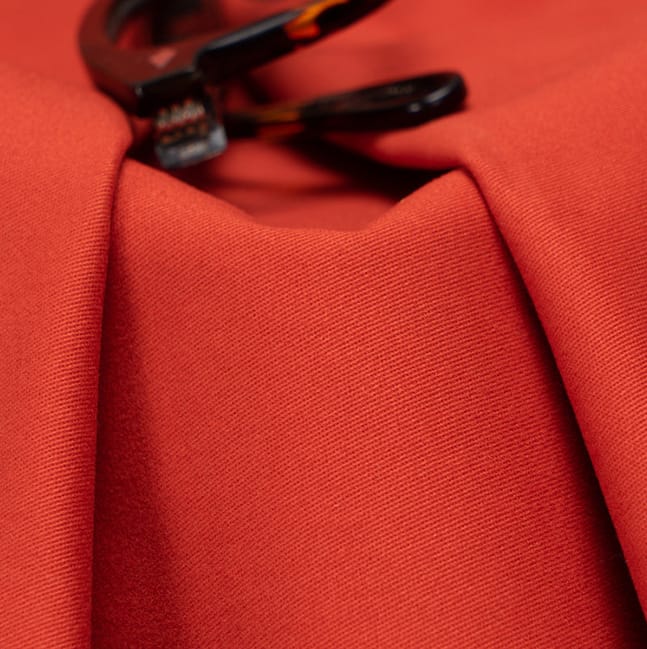
Cotton twill fabric is a type of woven trousers fabric that is made from cotton yarns. It is characterized by its diagonal ribbed pattern, which is created by the way the yarns are woven together. Cotton twill is a popular choice for trousers fabric because it is durable, comfortable, and affordable. It is also versatile and can be used for a variety of styles, from dress trousers to casual pants.
Properties of Cotton Twill Fabric
Cotton twill fabric has a number of properties that make it ideal for trousers:
- Durability: Cotton twill fabric is strong and durable, making it a good choice for trousers that will be subjected to a lot of wear and tear.
- Comfort: Cotton twill fabric is soft and breathable, making it comfortable to wear all day long.
- Affordability: Cotton twill fabric is a relatively affordable fabric, making it a good value for the money.
Types of Cotton Twill Fabric
There are many different types of cotton twill fabric available, each with its own unique properties. Some of the most common types of cotton twill fabric include:
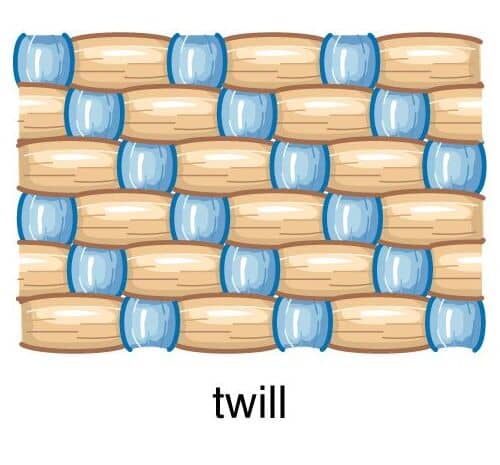
Basic twill: This is the most basic type of cotton twill fabric. It has a simple diagonal ribbed pattern that is created by alternating the direction of the yarns.
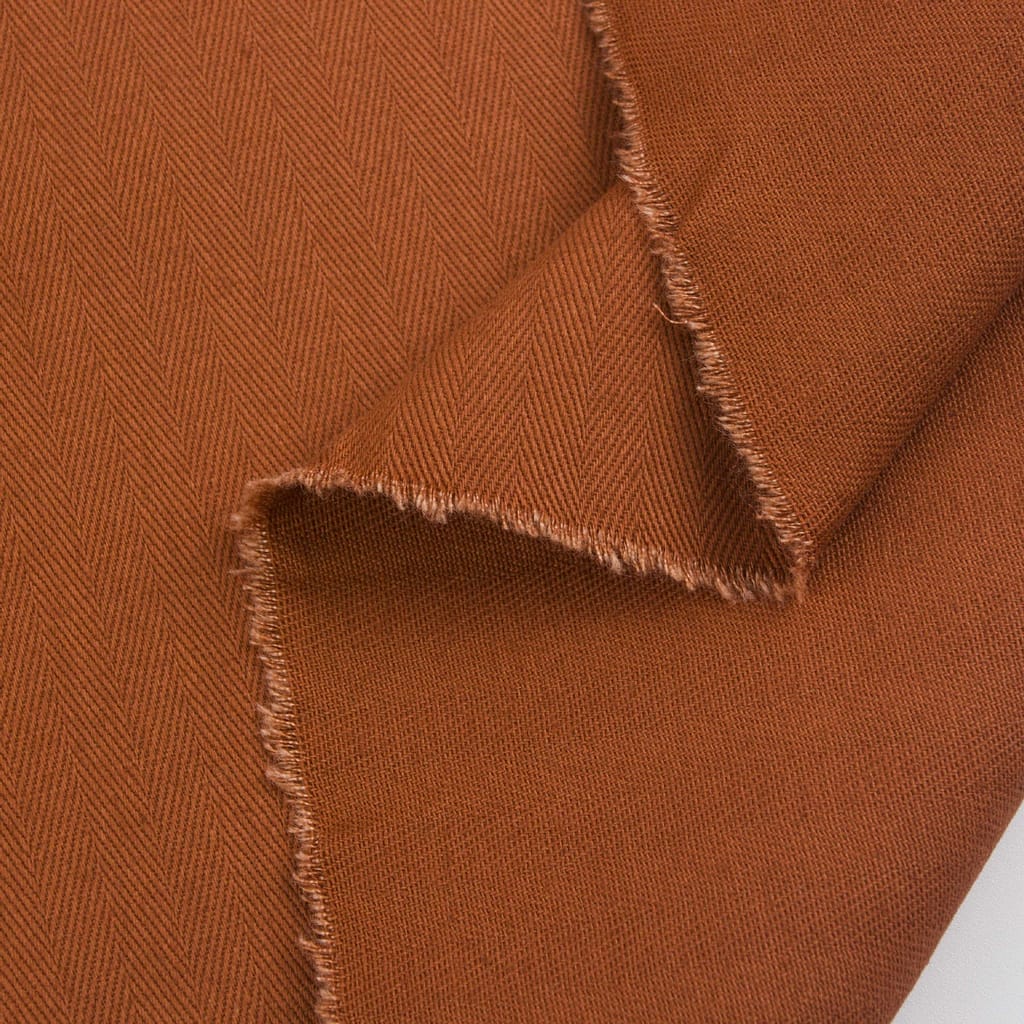
Herringbone twill: It is characterized by its herringbone pattern, which is created by alternating the direction of the yarns. This pattern gives the fabric a distinctive look and feel.
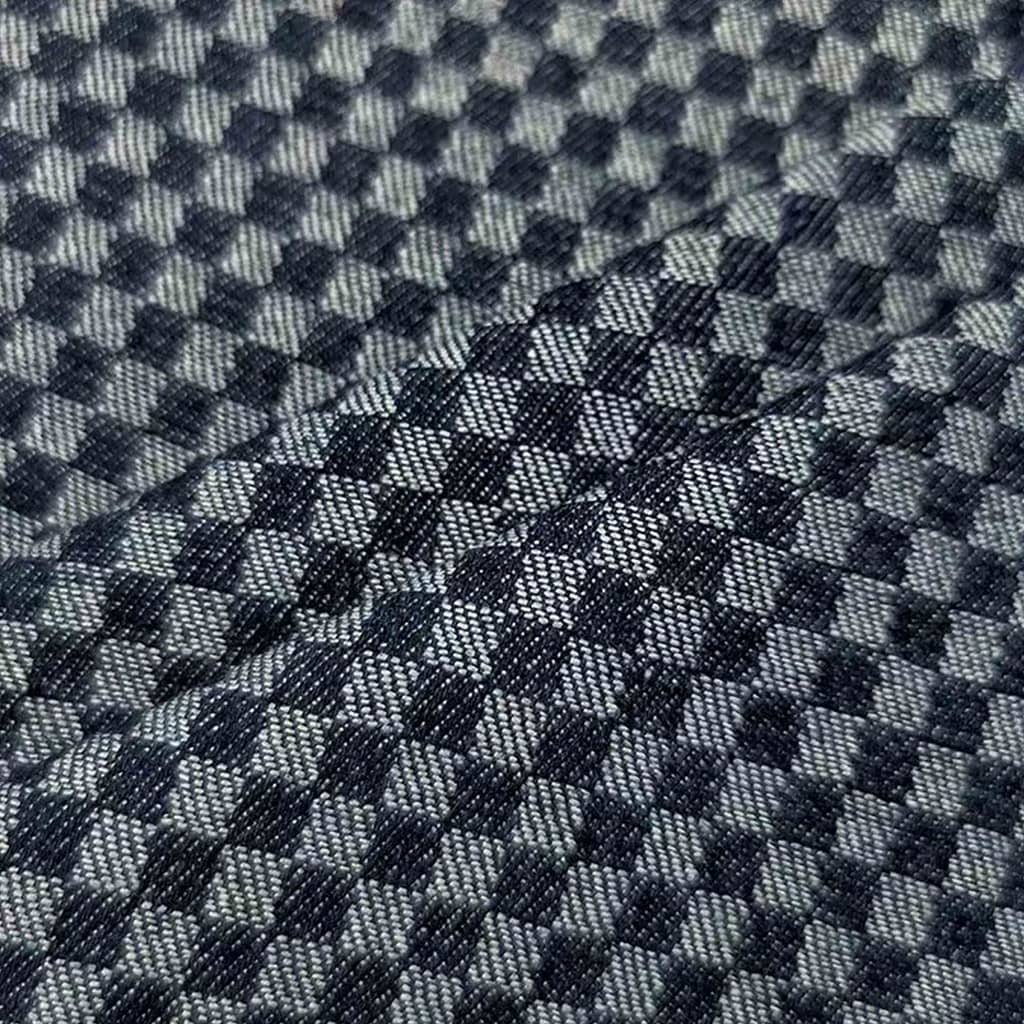
Fancy twill: This type of cotton twill fabric has a more complex diagonal ribbed pattern. It can be used to create a variety of different looks, from formal to casual.
Stretch twill: This type of cotton twill fabric contains a small amount of spandex, which gives it a bit of stretch. It is a good choice for trousers that need to be comfortable and allow for movement.
Care Instructions for Cotton Twill Fabric
Cotton twill fabric is relatively easy to care for. It can be machine-washed and dried on a gentle cycle. It is important to use a mild detergent and to avoid using bleach, which can damage the fabric.
Wool
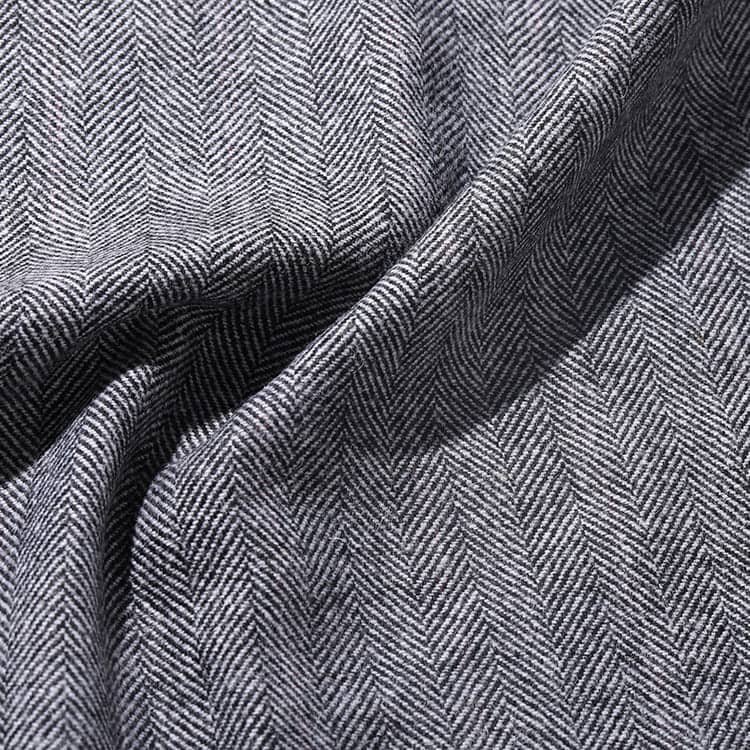
Wool trousers fabrics are a go-to choice for formal and business trousers. They range from the rugged, textured tweed, perfect for outdoor wear, to the smooth, finely woven worsted wool found in high-quality suits. Flannel wool offers a softer, slightly fuzzy texture, ideal for comfort in colder weather.
Wool fabric has a number of properties that make it ideal for trousers, including:
- Warmth: Wool fabric is a natural insulator, making it a good choice for trousers in cold weather.
- Durability: Wool fabric is strong and durable, making it a good choice for trousers that will be subjected to a lot of wear and tear.
- Comfort: Wool fabric is soft and breathable, making it comfortable to wear all day long.
There are many different types of wool fabric available, each with its own unique properties. Some of the most common types of wool fabric include:
- Worsted wool: Worsted wool is a type of wool that is made from long, straight fibers. It is often used for suits and other formal wear.
- Fleece wool: Fleece wool is a type of wool that is made from short, curly fibers. It is often used for sweaters and other casual wear.
- Merino wool: Merino wool is a type of wool that is made from the wool of Merino sheep. It is known for its softness, warmth, and durability.
Wool trousers fabric can be dry-cleaned or hand-washed in cold water. It is important to use a wool detergent and to avoid using bleach, which can damage the fabric.
Synthetics
Polyester, nylon, and other synthetic materials are often used in trousers fabric for their durability and wrinkle resistance. They are frequently blended with natural fibers to improve comfort while maintaining the strength and ease of care that synthetics offer.
Some of the most common synthetic fibers used in trousers include:
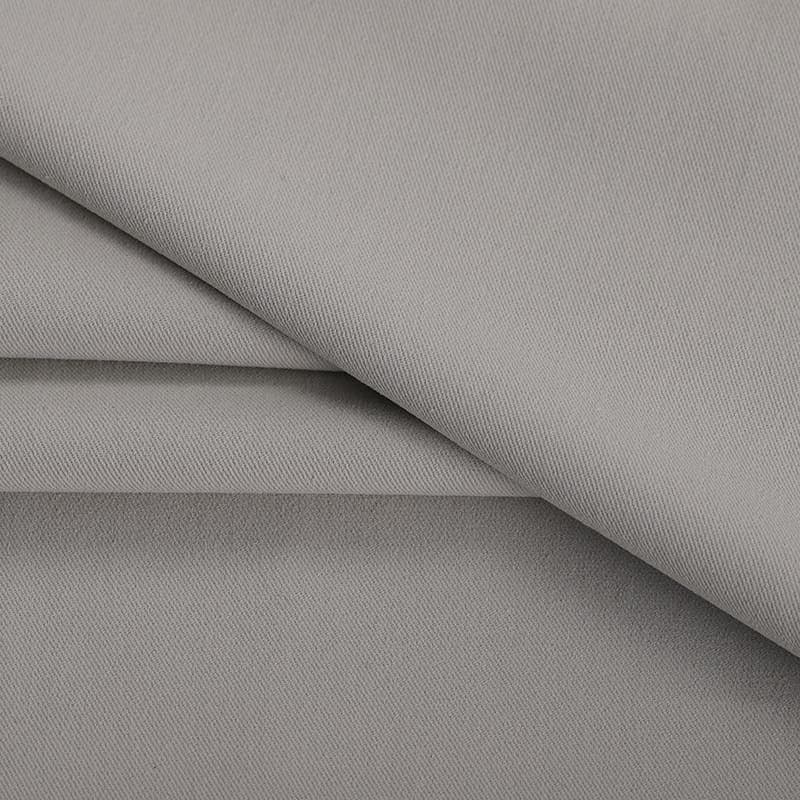
Polyester: Polyester is a strong, durable fiber that is often used in trousers for its wrinkle-resistance and easy care. It is also a good insulator, making it a good choice for trousers in cold weather.
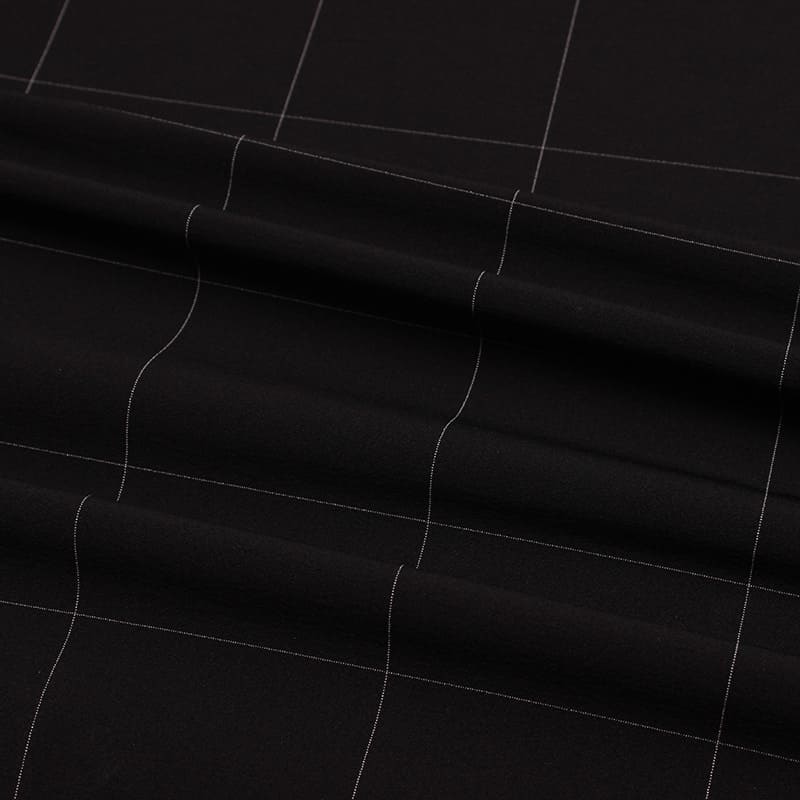
Nylon: Nylon is another strong, durable fiber that is often used in trousers for its wrinkle-resistance and easy care. It is also a good conductor of heat, making it a good choice for trousers in warm weather.
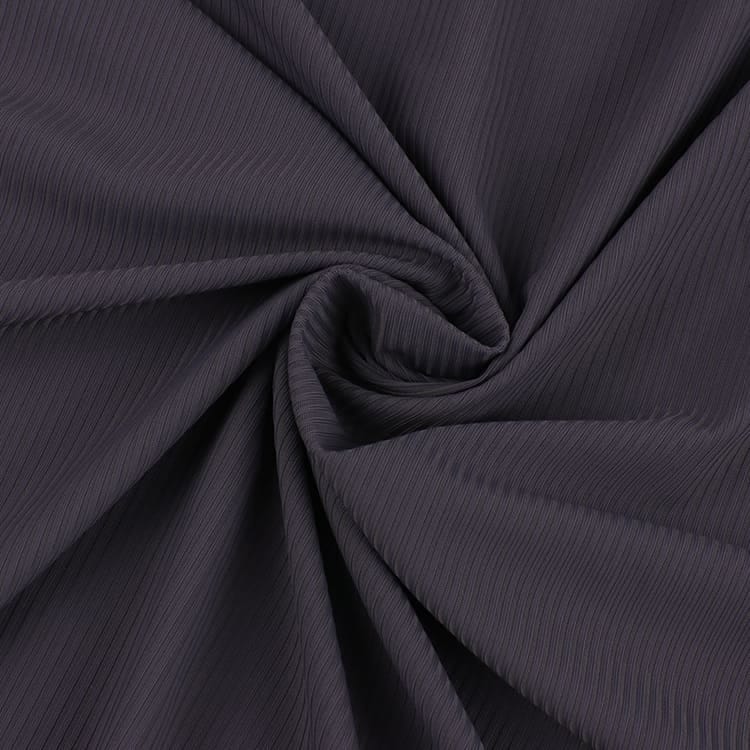
Spandex: Spandex is a stretchy fiber that is often added to other fibers to add stretch and comfort. It is often used in sportswear and activewear.
Synthetic fibers can be blended with natural fibers to create fabrics with the best of both worlds. For example, a blend of cotton and polyester can provide the comfort and breathability of cotton with the durability and wrinkle-resistance of polyester.
Here are some of the advantages of synthetic fibers in trousers:
- Durability: Synthetic fibers are generally more durable than natural fibers, making them a good choice for trousers that will be subjected to a lot of wear and tear.
- Wrinkle-resistance: Synthetic fibers are often wrinkle-resistant, making them easy to care for and maintain a good appearance.
- Easy care: Synthetic fibers are generally easy to care for, as they can be machine-washed and dried on a regular cycle.
Here are some of the disadvantages of synthetic fibers in trousers:
- Breathability: Synthetic fibers can be less breathable than natural fibers, making them a less comfortable choice for hot weather.
- Sustainability: Synthetic fibers are often made from non-renewable resources, which can be a concern for sustainability.
Synthetic fibers are a versatile and durable option for trousers. They are often used in a variety of styles and weights, making them a good choice for a variety of needs.
Linen
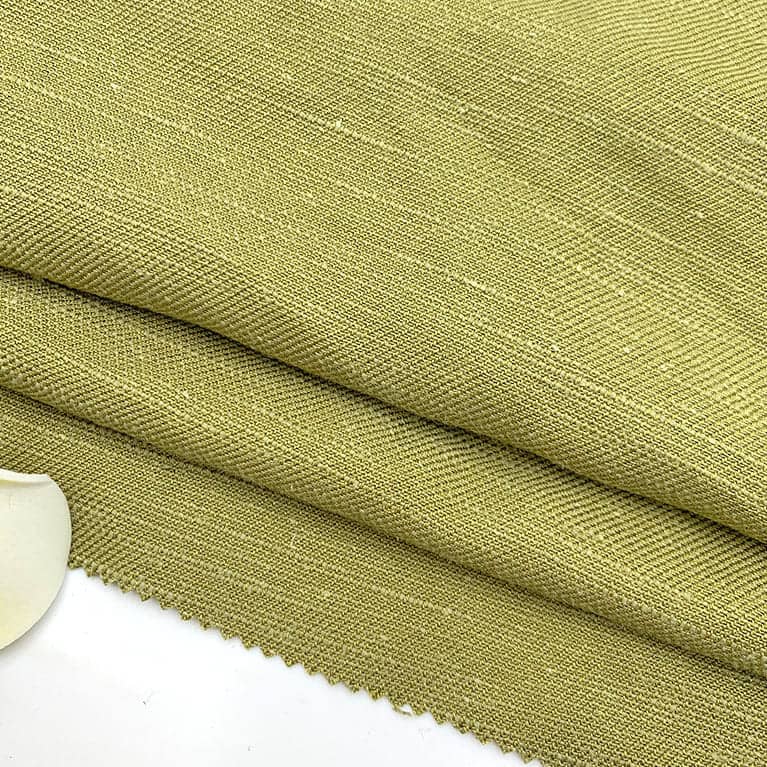
Known for its exceptional coolness and freshness in hot weather, linen is a favored fabric for summer trousers. Its distinct texture and tendency to wrinkle easily lend a relaxed, casual look.
Linen trousers fabric has a number of properties that make it ideal for trousers, including:
- Breathability: Linen fabric is very breathable, making it a comfortable choice for hot weather.
- Wrinkle-resistance: Linen fabric is naturally wrinkle-resistant, making it easy to care for.
- Coolness: Linen fabric is a good conductor of heat, making it a cool choice for hot weather.
Linen fabric is relatively easy to care for. It can be machine-washed and dried on a gentle cycle. It is important to use a mild detergent and to avoid using bleach, which can damage the fabric.
Linen fabric is a versatile and comfortable option for trousers. It is often used in a variety of styles and weights, making it a good choice for a variety of needs.
Here are some specific examples of how linen fabric can be used in trousers:
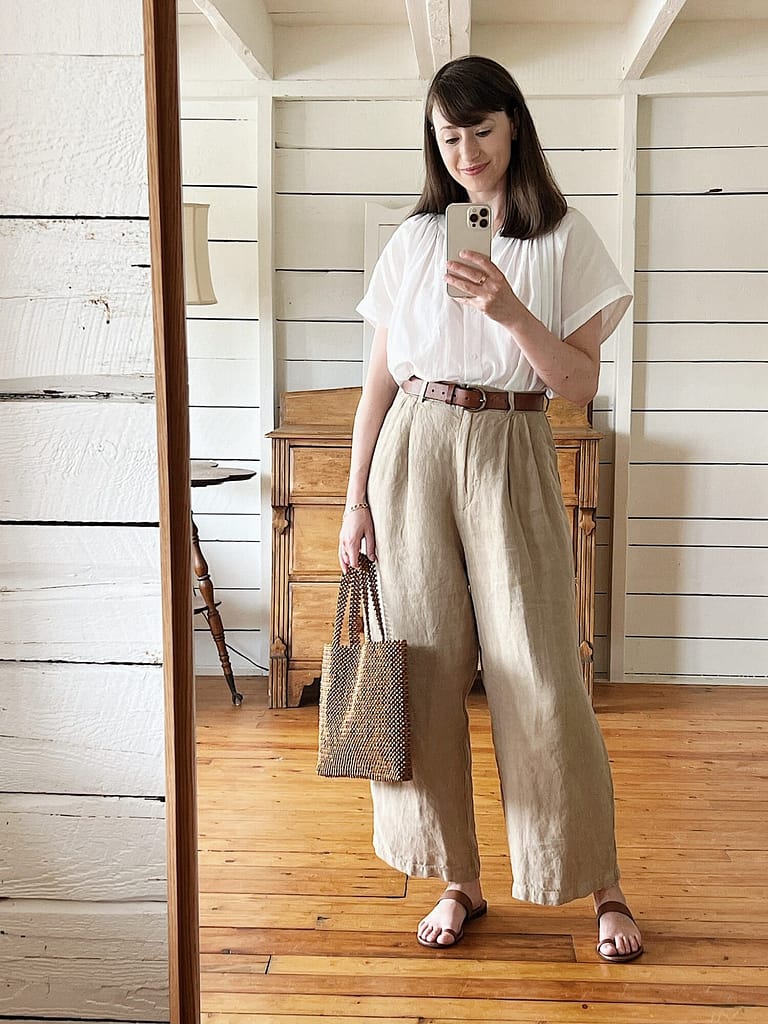
Summer trousers: Linen trousers are a popular choice for summer wear because they are cool and comfortable. They can be dressed up or down, depending on the occasion.
Dress trousers: Linen dress trousers are a good choice for formal occasions. They are often made from a heavier weight of linen and have a tailored fit.
Casual trousers: Linen casual trousers are a comfortable and versatile option. They can be worn for a variety of occasions, from work to play.
Linen trousers fabric is a good choice for trousers that are comfortable, breathable, and wrinkle-resistant. It is a versatile fabric that can be used in a variety of styles and weights.
Sustainable Fabrics
This category includes innovative materials like Tencel and modal, which are gaining popularity due to their sustainability and unique properties. These fabrics often combine the best aspects of natural and synthetic fibers, offering comfort, sustainability, and durability.
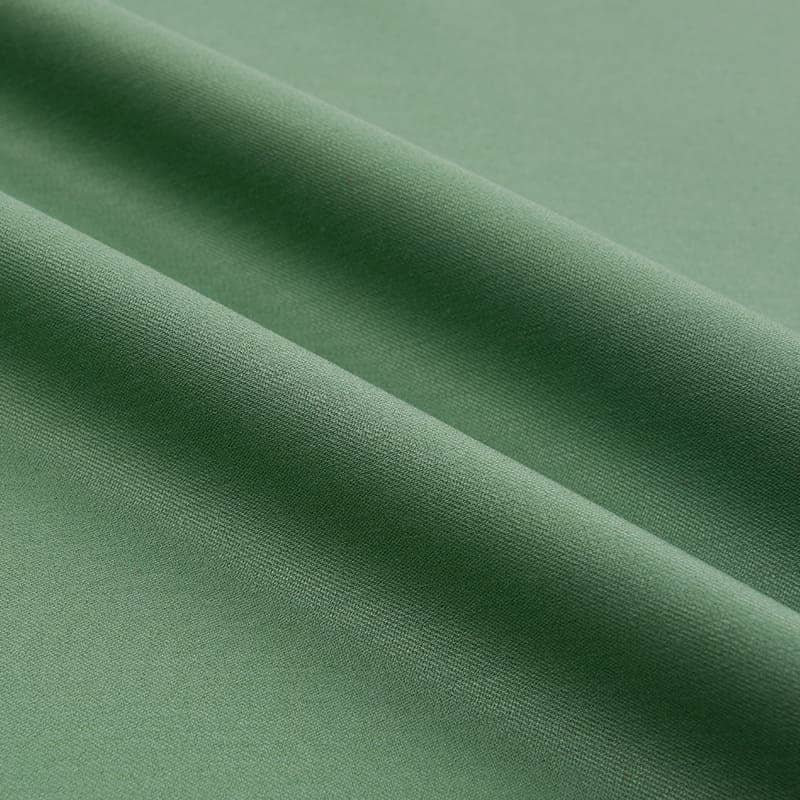
Modal is a type of rayon that is made from the wood pulp of beech trees. It is characterized by its softness, absorbency, and drape. Modal fabric is often used in trousers for its comfort and luxurious feel.
Tencel is a type of rayon that is made from the wood pulp of eucalyptus trees. It is characterized by its strength, durability, and moisture-wicking properties. Tencel fabric is often used in trousers for its performance and comfort.
Here is a table that summarizes the key properties of modal and tencel fabric:
| Property | Modal | Tencel |
|---|---|---|
| Fiber type | Rayon | Rayon |
| Origin | Beech trees | Eucalyptus trees |
| Properties | Soft, absorbent, drapey | Strong, durable, moisture-wicking |
| Common uses | Trousers, lingerie, bed linen | Trousers, activewear, sportswear |
Both modal and tencel fabric are good choices for trousers. Modal is a good choice for comfort and luxury, while tencel is a good choice for performance and durability.
Here are some specific examples of how modal and tencel fabric can be used in trousers:
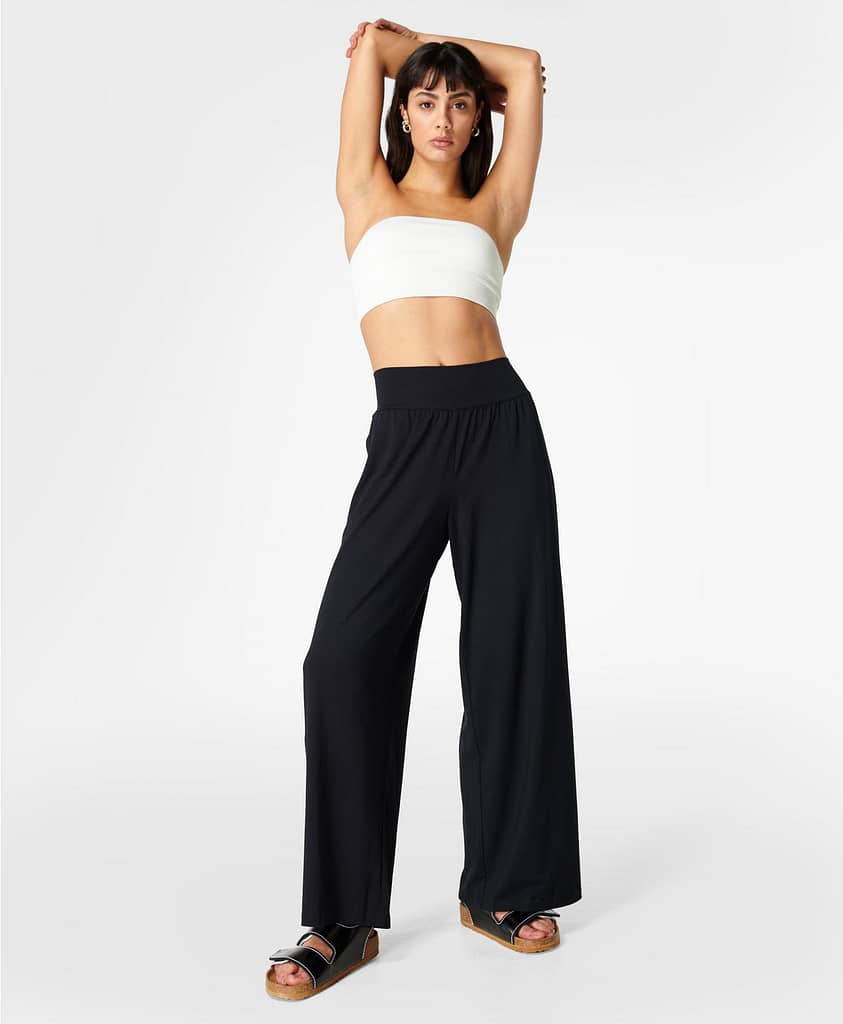
Modal dress trousers: Modal dress trousers are a good choice for formal occasions. They are often made from a heavier weight of modal and have a tailored fit.
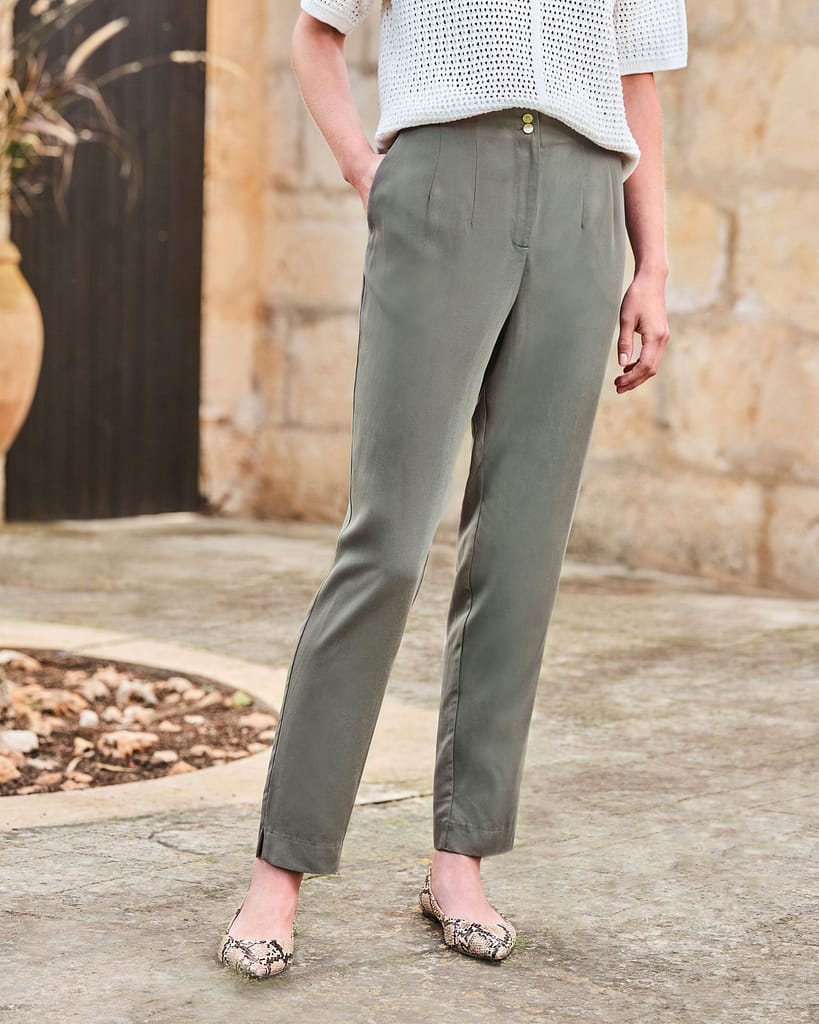
Tencel activewear trousers: Tencel activewear trousers are a comfortable and versatile option. They can be worn for a variety of activities, from running to yoga.
Overall, modal and tencel fabric are both versatile and comfortable options for trousers. They can be used in a variety of styles and weights to meet the needs of a variety of wearers.
Choosing the Right Fabric for Different Styles
The selection of fabric greatly influences the style and function of trousers. Here’s a guide to choosing the right fabric for different trouser types:
- Casual Trousers: For a relaxed look, fabrics like denim, cotton twill, and corduroy are excellent choices. They offer comfort and durability, perfect for everyday wear. Cotton blends that include a small percentage of elastane provide added flexibility and comfort, ideal for casual, active lifestyles.
- Formal Trousers: When it comes to formal wear, wool and wool blends reign supreme. Fabrics like worsted wool and wool gabardine offer a crisp, structured look suitable for business attire and formal events. Their natural breathability and temperature regulation make them comfortable for all-day wear.
- Workwear: Durability is key for workwear trousers. Heavier cotton, canvas, and reinforced synthetic blends are ideal for withstanding the rigors of manual labor. These fabrics are designed to resist wear and tear while providing comfort and ease of movement.
- Seasonal Considerations: In summer, lightweight and breathable fabrics like linen and lightweight cottons are preferable for their cooling properties. For winter, thicker fabrics such as wool, corduroy, and heavyweight cottons provide warmth and comfort.
Choosing the right fabric based on the trouser style and intended use not only ensures comfort but also enhances the garment’s longevity and appeal.
Weights for Trousers Fabric
Understanding fabric weights is crucial when selecting materials for sewing trousers, as it affects the drape, comfort, and suitability for different seasons and styles:
- Lightweight Fabrics (Under 200 GSM): Ideal for summer trousers, lightweight fabrics like linen, light cottons, and certain synthetic blends offer breathability and a flowy drape. They are perfect for casual and relaxed styles but may require lining or careful handling due to their delicate nature.
- Medium Weight Fabrics (200-350 GSM): A versatile choice for year-round trousers, medium weight fabrics include standard cotton twills, lighter wools, and some blends. These fabrics offer a balance between durability and comfort, suitable for a wide range of styles from formal to casual.
- Heavyweight Fabrics (Over 350 GSM): Best suited for winter trousers or workwear, heavyweight fabrics like thick wool, denim, and canvas provide warmth and durability. They hold their shape well but may require more effort in sewing due to their thickness.
When designing trousers, it’s important to consider the weight of the fabric in relation to the intended use and style of the pants. Lighter fabrics are great for comfort and ease, while heavier fabrics offer structure and warmth. Choosing the right fabric weight can enhance the fit, appearance, and functionality of the trousers.
Trousers Fabric Care and Maintenance
Proper care and maintenance of trouser fabrics are essential to prolong their life and maintain their appearance. Here are some general tips:
- Cotton and Linen: These fabrics are generally machine washable. Use a gentle cycle with cold to warm water and a mild detergent. Tumble dry on a low setting or hang to dry. Ironing may be necessary to remove wrinkles, especially for linen.
- Wool: Wool trousers should be dry cleaned or hand washed in cold water to avoid shrinking and felting. Lay them flat to dry away from direct heat or sunlight. Wool is naturally wrinkle-resistant, so minimal ironing is needed.
- Synthetics: Polyester and nylon trousers are easy to care for. They can be machine washed and dried without much risk of shrinking or wrinkling. Use low to medium heat settings for washing and drying.
- Specialty Fabrics: Follow the specific care instructions provided for specialty fabrics like Tencel or modal. They often require gentle washing and drying techniques.
Additionally, to prevent wear and tear:
- Avoid overwashing, which can degrade fabric quality over time.
- Promptly remove trousers from the washing machine to prevent wrinkles.
- Use garment bags for delicate fabrics during washing.
- Store trousers properly, hanging them up or folding them neatly to avoid creasing.
By following these care guidelines, you can keep your trousers looking their best for longer.
Custom Trousers Fabric Selection
Custom-made trousers offer the unique advantage of tailored fit and personalized style. When selecting fabrics for custom trousers, consider the following:
- Purpose and Occasion: Choose a fabric that aligns with the intended use of the trousers. For instance, opt for durable and flexible fabrics for daily wear, and finer, luxurious fabrics for formal occasions.
- Personal Style: Fabric selection is an opportunity to express individual style. Consider different colors, patterns, and textures to create a distinctive look.
- Comfort and Fit: Prioritize fabrics that not only look good but also feel comfortable. The right fabric should complement the wearer’s body type and provide ease of movement.
- Quality and Durability: Invest in high-quality fabrics that will withstand wear and last longer. This ensures that the custom trousers remain a key piece in the wardrobe for years to come.
At Valtin Apparel, we understand the significance of fabric choice in custom trousers. With our expertise and commitment to quality, we offer a wide range of fabrics, catering to various styles and needs, while maintaining a low minimum order quantity. This makes it easier for brand owners, importers, wholesalers, and startups to access custom apparel solutions that meet their specific requirements.

